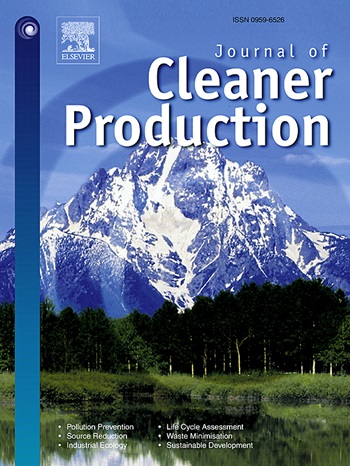Gas-producing characteristics of cemented gangue-fly ash backfill and its influence on false alarm of CO monitoring in coal mines
IF 9.7
1区 环境科学与生态学
Q1 ENGINEERING, ENVIRONMENTAL
引用次数: 0
Abstract
The filling mining practice in coal mines shows that the gases produced by the reaction within the cemented gangue-fly ash backfill slurry causes CO monitoring errors. In this study, two slurries with the coarse aggregate and fine aggregate schemes in the filling mining are used to investigate the gas-producing characteristics and mechanism, and the effect of gas composition on the electrochemical CO sensor for mining is also studied. Results indicate as the reaction of the slurry continues, the concentrations of O2 and CO2 decrease, while the concentrations of CO, CH4, and H2 increase, and the mechanisms of gases consumption and production are obtained by comparing the crystal structure of CGFB slurry before and after reaction. Furthermore, H2 is the primary factor causing the false alarm of the electrochemical CO sensor and has a positive cross-interference, which is quantified by interference factor Q. Q value is mainly affected by H2 or CO concentration when H2 concentration is lower or higher than 30 ppm, respectively. Meanwhile, an effective method is proposed to solve the false alarm of the electrochemical CO sensor by correcting the measurements using dynamic Q and the on-site H2 concentration, and the absolute error of the corrected value is less than 1 ppm.
求助全文
约1分钟内获得全文
求助全文
来源期刊

Journal of Cleaner Production
环境科学-工程:环境
CiteScore
20.40
自引率
9.00%
发文量
4720
审稿时长
111 days
期刊介绍:
The Journal of Cleaner Production is an international, transdisciplinary journal that addresses and discusses theoretical and practical Cleaner Production, Environmental, and Sustainability issues. It aims to help societies become more sustainable by focusing on the concept of 'Cleaner Production', which aims at preventing waste production and increasing efficiencies in energy, water, resources, and human capital use. The journal serves as a platform for corporations, governments, education institutions, regions, and societies to engage in discussions and research related to Cleaner Production, environmental, and sustainability practices.
 求助内容:
求助内容: 应助结果提醒方式:
应助结果提醒方式:


